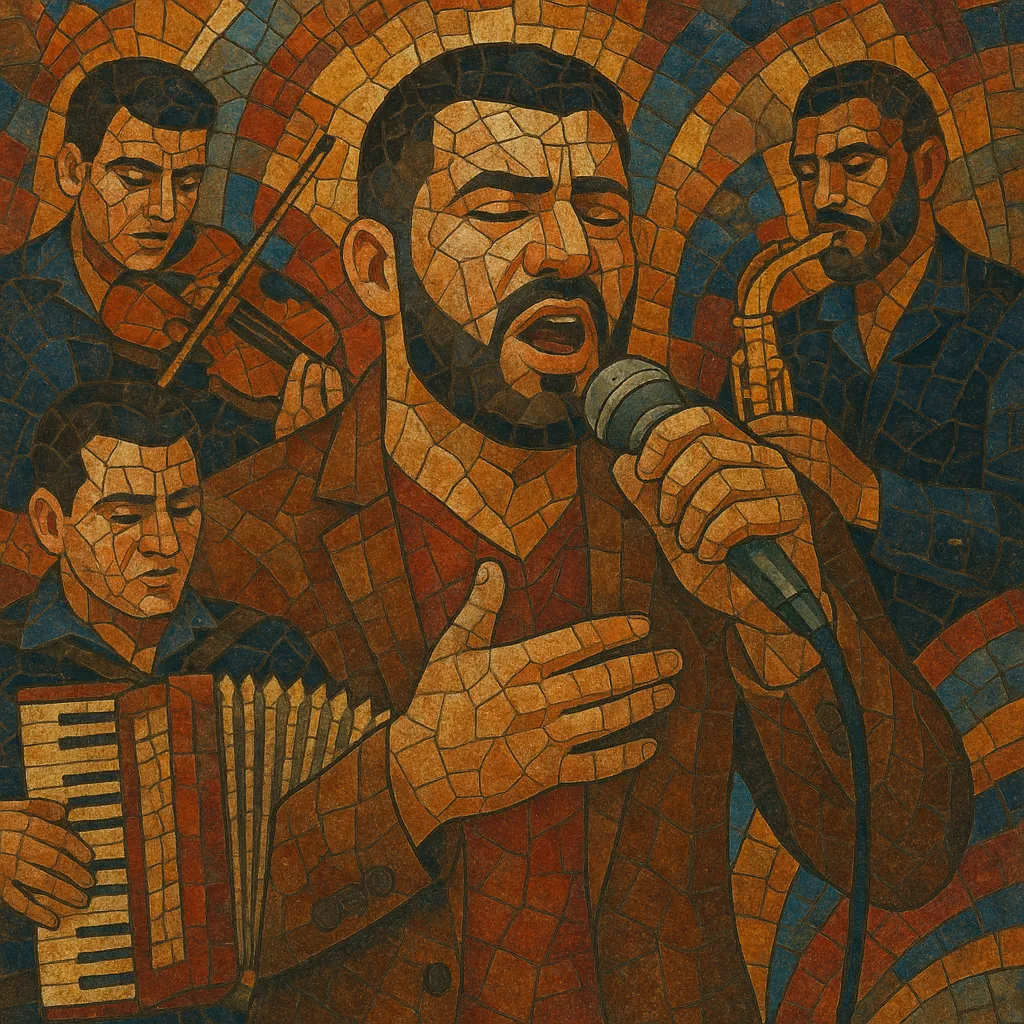Manele is a modern Romanian pop-folk style that blends Balkan dance grooves with Turkish/Greek/Arabic melodic color, Roma lăutar vocal ornamentation, and contemporary pop production.
It is typically performed with expressive, melismatic singing over mid‑tempo 4/4 beats, synth/keyboard arrangements, prominent bass, and optional live instruments like accordion, saxophone, or violin.
Common themes include love and heartbreak, celebration and status, wealth and luck, loyalty and rivalry—often voiced in a mix of streetwise bravado and sentimental confession.
The style emerged in post‑1989 Romania from party/wedding circuits and cassettes, later exploding on TV and especially YouTube, where live studio sessions and viral singles propelled its mainstream presence.
Manele’s aesthetic traces back to Roma lăutari traditions and urban party music in Romania, where ornate vocals, modal melodies, and danceable rhythms were staples of weddings and community celebrations. These local practices intersected with broader Balkan and Near Eastern currents (especially Turkish and Greek popular music), laying a foundation for a distinctly “oriental” melodic palette.
After the fall of communism, private studios, keyboards, and cassettes/CDs flooded the market. Early modern manele coalesced in Bucharest and other urban centers through wedding bands and club circuits. Artists such as Adrian Minune and Nicolae Guță helped define the style: expressive, melismatic vocals over synth-based arrangements and steady 4/4 beats. Informal distribution (pirated tapes, local radio, neighborhood markets) accelerated its spread.
The 2000s saw manele enter national TV, specialized music channels, and large dance venues. Producers and performers (e.g., Costi Ioniță, Vali Vijelie, Florin Salam) polished arrangements with bigger hooks, brighter synths, and crossover elements from international pop and dance. The genre’s repertoire expanded from party anthems to radio‑friendly singles, while maintaining a strong presence in weddings and private events.
With YouTube and streaming, manele adopted modern pop/trap/reggaeton production touches (808s, autotune, wider stereo synths), and live‑in‑studio video sessions became a primary promotional vehicle. A new generation (Tzancă Uraganu, Dani Mocanu, Jador, Bogdan de la Ploiești) fused the core manele sensibility with contemporary urban flavors, driving viral hits and sustaining the genre’s dominance in Romanian online charts.
Throughout its history, manele has faced class and ethnic stigmas and periodic media controversies. Yet its emotional directness, performance virtuosity, and ability to absorb outside influences have kept it central to Romanian party culture and a resilient expression of urban popular taste.


